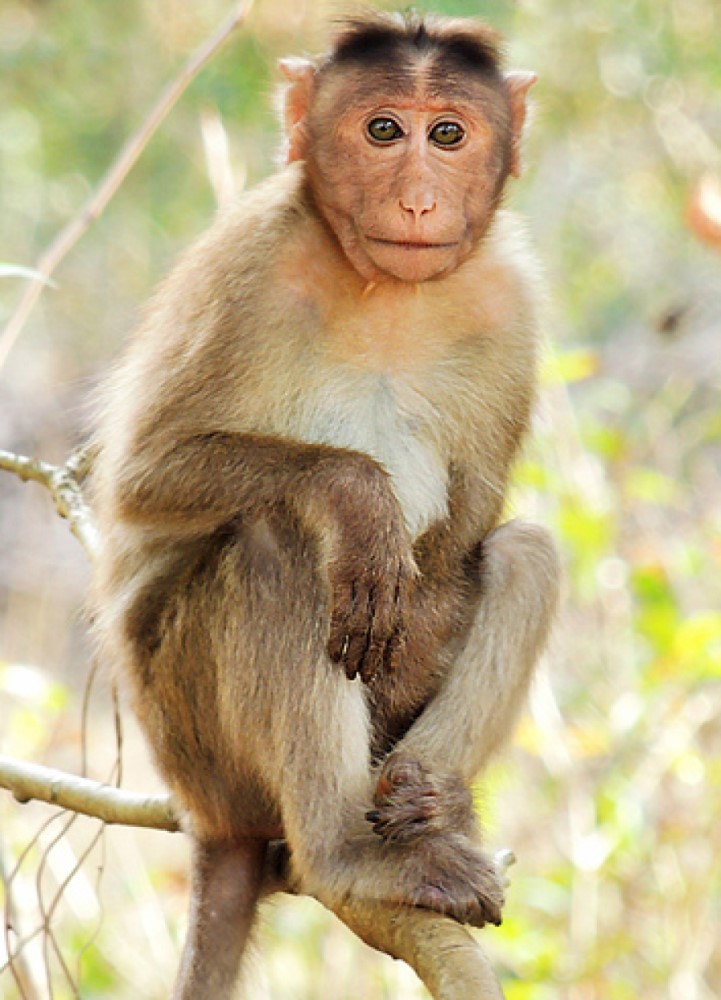
OHSU scientists first to successfully create primate embryonic stem cells
On Nov. 14, 2007, researchers at Oregon Health & Science University’s (OHSU) Oregon National Primate Research Center announced they had successfully derived embryonic stem cells by reprogramming of genetic material from skin cells while studying rhesus macaque monkeys. The results were published in the scientific journal Nature.
For the first time, scientists have successfully derived embryonic stem cells by reprogramming of genetic material from skin cells while studying rhesus macaque monkeys. The breakthrough follows several previously unsuccessful attempts by the OHSU-based team and other scientific teams worldwide.
Prior to the OHSU team’s recent success in a species closely related to humans, scientists worldwide have isolated stem cells only in mice using a technique called somatic cell nuclear transfer. The method involves transplanting the nucleus of the cell, containing an individual’s DNA, to an egg cell which has had its genetic material removed. For various reasons and despite numerous attempts, previous efforts to use the SCNT technology to clone stem cells in primates have failed repeatedly.
The reason why the team was successful when so many other previous attempts were not, lies in the method for identifying and extracting the nuclei of the eggs being used. Prior attempts resulted in damaged eggs due to the difficulties involved in removing the nucleus. This means that the eggs were not fully functional and failed to divide and develop.
To conduct the research, researchers obtained skin cells from a nine-year-old male rhesus macaque monkey at the Oregon National Primate Research Center. The researchers then used specialized imaging software called, Oosight Spindle Imaging System, to spot and remove the nuclear material attached to the egg’s spindle fibers. The nuclei of skin cells were then inserted into nucleus-free eggs. Using this technique, two embryonic stem cell lines – groups of cells that can grow indefinitely and differentiate into any cells of the body- were successfully developed. The genetic material (DNA) of cell lines was then matched to DNA from the male donor monkey to ensure that they were a direct clone.
Tags:
Source: ScienceDaily
Credit:
